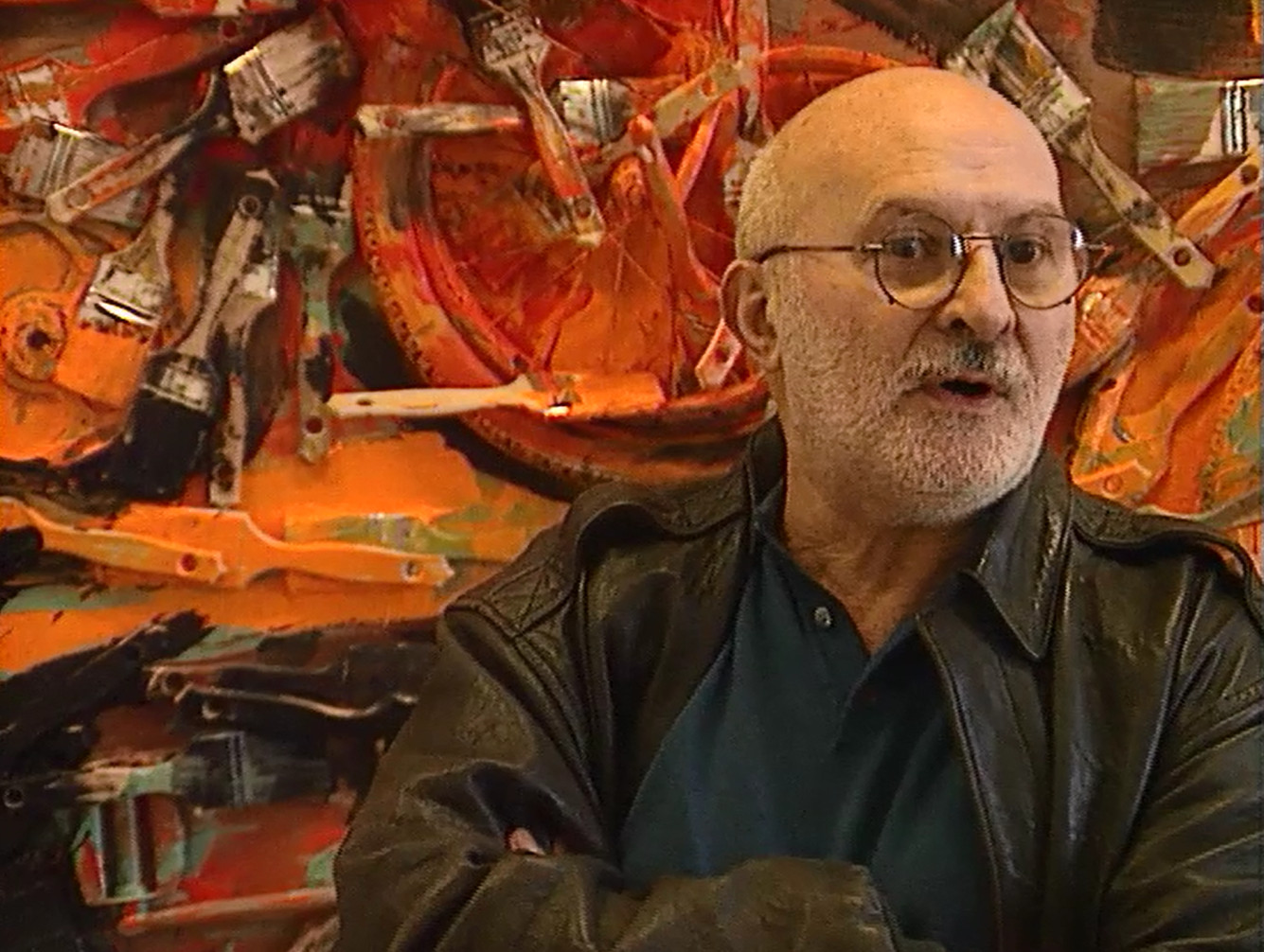He has been influential in the development of Neorealism: Who is Armand Arman?
When his surname accidentally appeared on the cover of a catalog in the form of "Arman" in 1958, he adopted it as a first name.

French painter and sculptor. He took part in most of the new art movements that tended to break away from traditional forms and pioneered some of them. He was born in Nice. His real name is Fernandez Pierre Armand.
Arman (November 17, 1928 – October 22, 2005) was a French-born American artist. Born Armand Fernandez in Nice, France, Arman was a painter who moved from using objects for the ink or paint traces they leave (cachets, allures d'objet) to using them as the artworks themselves. He is best known for his Accumulations and destruction/recomposition of objects.
His painting education at the Ecole Nationale d'Art Decoratif in Nice and later at the Ecole de Louvre was short-lived. In 1955, after rejecting all the works he had produced until then, he started a series of works he called Cachets. He created these by making marks on paper with various rubber stamps. In the 1960s, he turned to other works. He used everyday items instead of rubber stamps to mark his Allures series. He placed the discarded items he collected from the trash cans in glass boxes and named them Poubelles. In his series called Accumulations, he placed objects such as taps, combs, door handles, and gear wheels in transparent materials such as polyester or plexiglass. Sometimes he used them by breaking, cutting, or burning them. Again in the 1960s, he created a new series called Colers with items such as broken typewriters and shattered musical instruments.
In 1960, he founded the group Nouveau Realistes with artists such as Yves Klein, Jean Tinguely, and Martial Raysse. While the neorealists tend not to reflect reality as it is, they were also opposed to abstract painting. They advocated the use of real materials, objects, and lighting techniques in art, and aimed to create an aesthetic understanding similar to the one in which Arman made use of objects in his works.
Arman has been involved in many 20th-century movements aiming to break away from traditional forms. The fact that he includes coincidence in his compositions also brings him closer to Pop-Art, which started to become widespread in the 1950s, especially in the USA. In addition to the novelty of the materials and techniques he used, his unique aesthetic understanding was also influential in the development of these movements, especially Neorealism.
